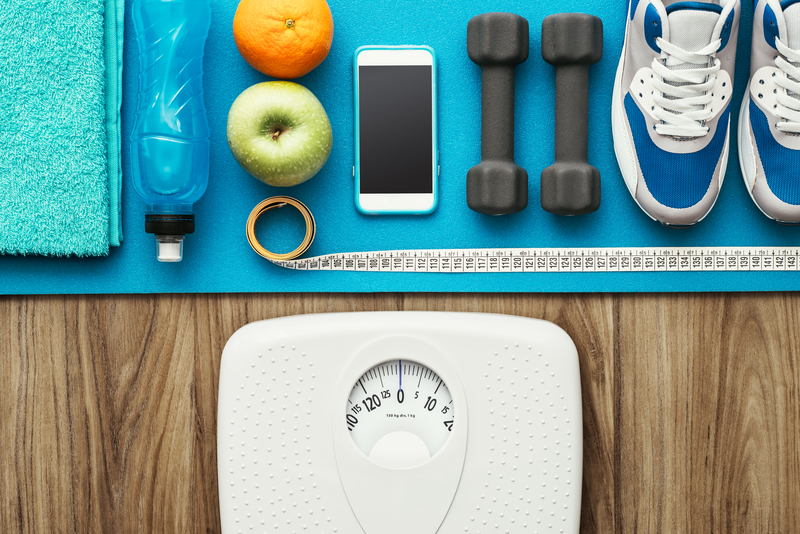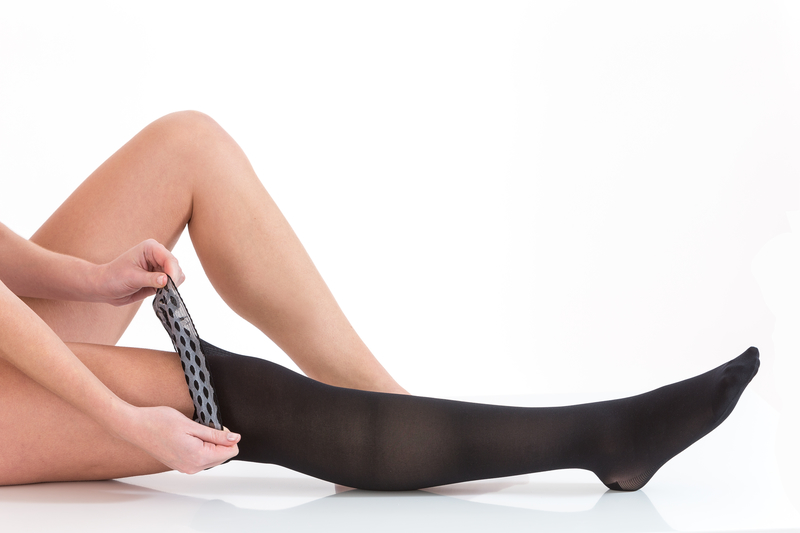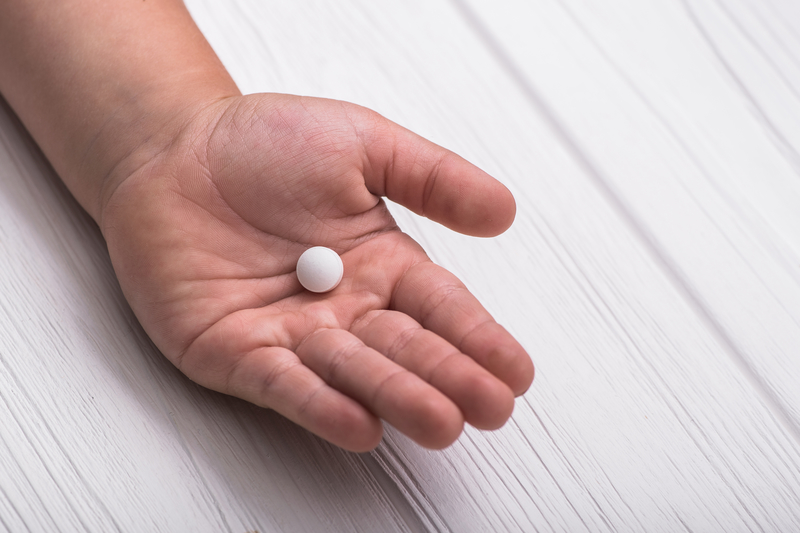A Guide To Preventing And Treating Blood Clots At Home
Although rare in the general population, blood clots are a substantial risk for some. Women taking artificial hormones, those who are immobilized for lengthy periods of time, and those who have recently had surgery are at particularly high risk. Although blood clots - also known as deep vein thromboses - can present a serious danger, there are many ways to prevent and treat them. The following preventative measures are doctor-approved ways to lower one's risk of developing this serious health problem.
Elevate Legs And Feet

One is at a higher risk of developing blood clots when blood pools in the lower extremities. Elevating the feet and legs will allow veins to return blood to the heart more efficiently and thus reduce the chances of clotting. Those who expect to be bedridden for a long time, such as after surgery or an illness, should put blocks under the foot of a bed to elevate the legs, keeping them slightly higher than the heart. Alternatively, placing pillows under one's lower half will give the same result.
Reduce Salt Intake

Salt irritates the endothelium (or inner lining) of the veins and arteries. As a result, blood vessels do not work as efficiently in moving blood around the body. This leads to blood pooling in lower extremities, where it is more likely to clot. Damage to endothelium also makes blood cells more likely to stick to the walls of vessels, increasing the risk of clots. Excessive salt intake is harmful to the cardiovascular system in a variety of ways, with blood clots being one of the more significant risks. Decreasing salt intake and cutting out all canned and processed foods will significantly reduce the risk of blood clots.
Choose Loose Fitting Clothing

Tight jeans and confining clothing may be stylish, but it can inhibit blood flow in ways that are dangerous to those who are at a higher risk of developing blood clots. Loose fitting clothing, on the other hand, allows free movement of fluids in the body. If one'sclothing is tight enough, it can compress the veins, which have fragile and pliable walls. Compressed veins give blood a place to pool inside the body, forming a clot. Loose fitting clothing is especially important for those who are immobilized for a long time, as even small restrictions will have ample opportunity to create a significant change in blood flow. Choose loose and light clothes that will allow blood flow freely through the body.
Maintain A Healthy Weight

Many people in the United States and other areas of the developed world are carrying a few more pounds than what is considered healthy; this puts them at risk for blood clotting. There are several reasons why overweight people are at much higher risk of blood clots; the additional fat compresses blood vessels, increasing the risk in much the same way as tight clothing. Obesity causes actual changes in the chemical makeup of blood, increasing inflammation and decreasing blood vessel health. Losing a small or moderate amount of weight will help to reduce the risk of developing blood clots.
Stay Well-Hydrated

For those going on a long flight, planning for surgery, or other actions that put them at risk for blood clotting, drinking plenty of water can reduce the chance of developing subsequent clots. Proper hydration prevents blood clots in a variety of ways; it increases fluid in blood vessels, diluting the ratio of blood cells and reducing viscosity, lowering the risk of clotting. Also, additional liquid will wash away irritants in the bloodstream that damage endothelium and blood cells. Blood clotting is a natural response to damage, so washing away toxins can significantly lower one's risk. Choose water over juices and sodas, as these high sugar liquids can lead to dehydration.
Avoid Tobacco

Tobacco in all forms can increase the chance of developing a blood clot; this includes cigarettes, cigars, smokeless tobacco, and other sources of nicotine. Even e-cigarettes, nicotine patches, and nicotine gums can increase this risk. Nicotine heightens activity in the cells that contribute to clotting while slowing the movement of biochemicals in the blood that breaks down clots. Because of this, those who ingest nicotine are not just more likely to develop a blood clot; they are also more likely to encounter more significant clots that can be life-threatening. To aid in quitting tobacco, there are many medications available that can reduce cravings and increase chances of success, ultimately lowering one's risk of blood clots.
Get Regular Exercise

Exercise is one of the best weapons against blood clots. Exercising increases a process known as fibrinolysis, which involves the breaking down of clots. The movement of muscles also improves venous blood return by moving blood out of the lower extremities. Turning ankles in circles and repeatedly squeezing leg muscles are bothexcellent forms of exercise that can be done anywhere. Walking or jogging also are forms of exercise that will keep blood moving while decreasing the risk of blood clots. Before using exercise to prevent blood clots, one should always ask a doctor or physical therapist for a list of activities that are appropriate for their physical condition and overall health.
Wear Compression Socks

Although most tight clothes will increase the chance of blood clots, wearing compression socks has the opposite effect. Rather than restricting venous return, these garments actively prevent blood from pooling in the lower extremities. With the legs and feet tightly compressed, there is simply no place for blood and fluid to collect. A physician can prescribe compression socks or they can be purchased in a variety of stores. It is essential that they fit correctly, so they compress without compromising blood flow or nervous system activity. It is possible to not only prevent blood clots with compression socks but also reduce muscle aches and general muscle fatigue.
Take A Daily Baby Aspirin

Doctors now recommend a safe and cheap baby aspirin as prevention for a variety of disorders, and blood clots are one such condition. Aspirin reduces the action of platelets, one of the blood cells that contribute to clotting. Platelets are part of the earliest stage of clot formation, collecting and sticking together to form the beginning of a clot. Reducing platelet action significantly reduces clot formation. A low dose of a baby aspirin is safe for most individuals and usually has no side effects. Discuss the possibility of taking baby aspirin with a doctor to learn more about its safety and viability for unique health situations.
Avoid Long Periods Of Immobility

Long periods of immobility are the primary risk factor for developing blood clots. Sometimes this is unavoidable, such as when one is recovering from surgery or in bed with a severe illness. However, there are other times when people must remain seated for long periods without medical necessity. Long flights and extended car trips, for example, increase the risk of blood clots. One can reduce this risk by standing, walking, and stretching their legs periodically throughout their extended rest. When worried about blood clots, getting the blood flowing prevents pooling where clots are then likely to form.